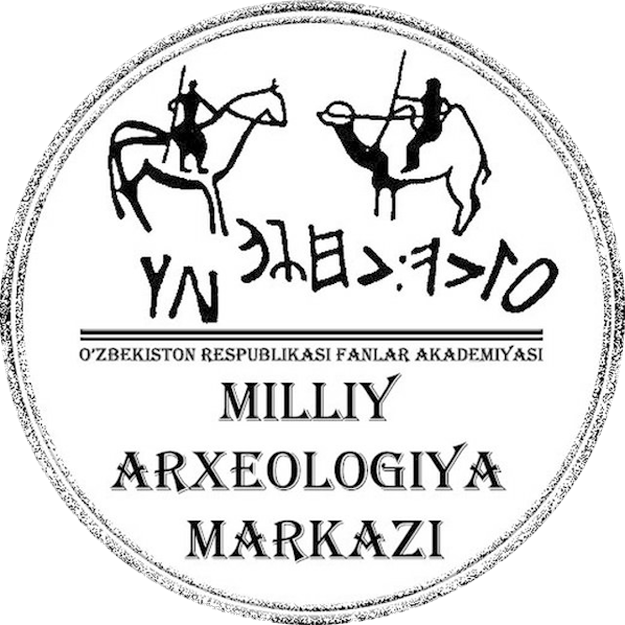Newly discovered Paleolithic workshops and Neolithic site
In accordance with the agreement concluded between the National Center of Archeology of the Academy of Sciences of the Republic of Uzbekistan and “JURU ENERGY CONSULTING” LLC, a group of specialists from the Samarkand Institute of Archeology of the Academy of Sciences of the Republic of Uzbekistan and Samarkand State University, during research around the Ayakagytma depression, located southeast of the Kyzylkum desert, discovered a new Neolithic site.




In this locality, called Ayokogitma-2, 370 stone objects, microfauna, ocher and bonfires were found. At the same time, a number (7) of new workshops for processing stone dating back to the Paleolithic era were discovered near the Karasygir depression. In these workshops, numerous stone products of gray and brown silicon and slate were discovered, which technically and typologically belong to the Middle Paleolithic period.
At present, the expedition continues to conduct research and it is planned to obtain more important results.
For information:
The Kyzylkum desert 5-6 thousand years ago was a huge valley, "the land of a thousand lakes", inhabited by the ancestors of mankind. Indeed, the region was home to dozens of wet rivers, hundreds of large lakes, and associated flora and fauna. In this desert area, the world famous Neolithic culture - Kaltaminora has been discovered and studied. In particular, on the northern edge of the Ayakogytma basin, the site of the same name was discovered and studied, which made an invaluable contribution to the study of the Neolithic of Central Asia. The trail site was studied by the Uzbek-Polish-French international archaeological expedition at the level of world standards. The results of these studies provide scientific evidence that the Kaltaminors were not only hunters and fishermen, but also experienced pastoralists who tamed camels, cattle, sheep and goats, but also added another 900 thousand years to the history of the monument, thus dating it to 6300 years. B.C.



